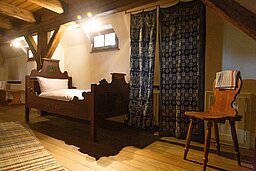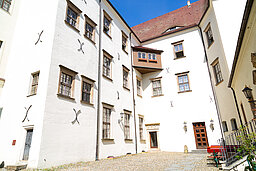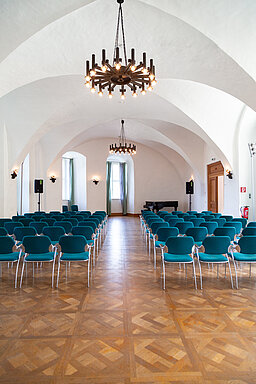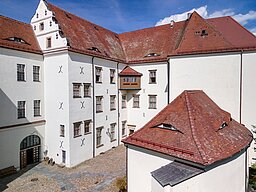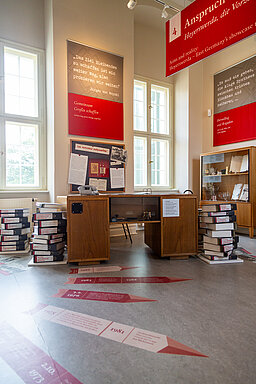

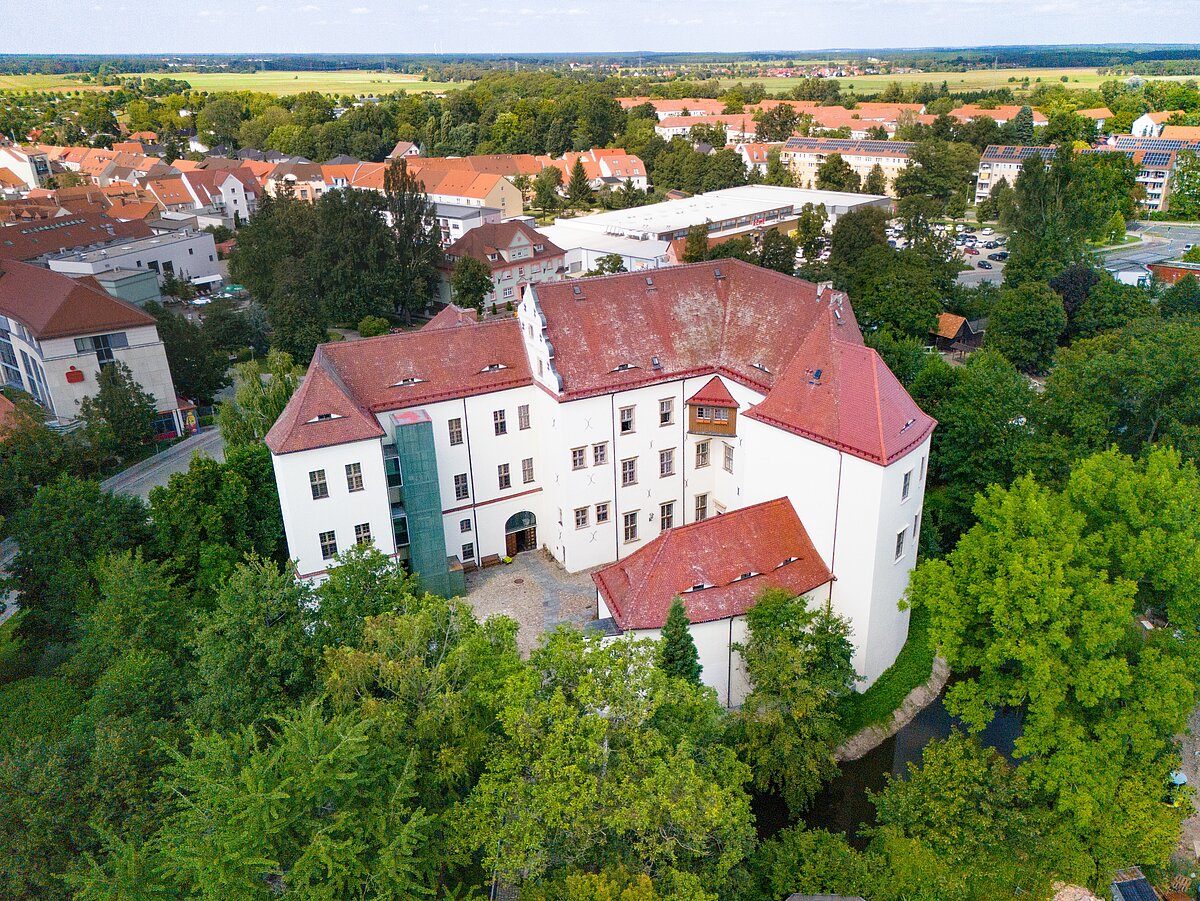
The history of Hoyerswerda Castle begins in 1272. Built as a moated castle, it served as a border fortress between Bohemia and Brandenburg for centuries. After its destruction, Seyfried von Promitz had the new Renaissance castle built in 1592 in the form of a horseshoe, which was later extended by a baroque annex. Since the mid-1950s, the buildings have housed the town museum and the former castle park is now home to a zoo.
April to October, daily 10 am to 6 pm; November to March by appointment.
By car: Take the B96 to Hoyerswerda. From there, follow the signs.
Public transportation: Take a train to Bautzen. From there, take a bus or cab to Hoyerswerda.
For the citizens of Hoyerswerda, the castle represents a piece of home. Since 1952, the town museum, which was initiated by an association decades earlier, has found its final home in the historic building. Today, tens of thousands of people visit every year to see the newly designed permanent exhibition on the town's history as well as the special exhibitions from the collection, which is significant in terms of regional history. Some visitors also take the opportunity to visit the zoo afterwards. This is because the second museum director, Günter Peters, a painter, brought the first animals to the castle grounds at the end of the 1950s. While it was initially ornamental ducks and swans, pheasants and wild sheep that romped around the castle's own zoo, exotic animals from faraway lands are now also among the inhabitants of the Hoyerswerda Zoo in the former castle park.
The beginnings of the castle date back to the 13th century. Hoyer von Vredeberg is mentioned as the first owner of the moated castle in 1272, to whom the town of Hoyerswerda probably owes its name. The horseshoe-shaped building in Renaissance style, built 300 years later on the foundation walls of the castle, then served the Saxon electors primarily as a representative pleasure palace. Among other things, a three-day celebration by Elector Johann Georg III, who came to Hoyerswerda with a large entourage in 1688, is recorded. There are reports of “sleigh rides, all kinds of amusements and exquisite food”.
With the arrival of Imperial Princess Ursula Katharina von Teschen, a mistress of Augustus the Strong, the appearance of Hoyerswerda Castle changes once again. The Baroque building in the form of a triangle and the Baroque portal connecting it to the Renaissance building date from her time. However, the pomp and splendor did not last long. After being taken over by the Saxon treasury, Hoyerswerda Castle was only used as the seat of administration from the end of the 18th century. Until 1952, when the town museum found its home here and began to grow.
Following the fundamental renovation of the building in the 1990s, the museum concept was also recently comprehensively revised and modernized. Today, there is the “ErlebnisReich”, which is aimed specifically at families with children, and the “LehrReich” for teaching the more recent history of the town. Embedded in the permanent exhibition is also a small show on the history and culture of the Protestant Sorbs of the Hoyerswerda traditional costume region.
